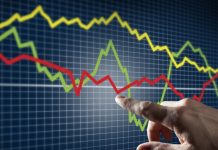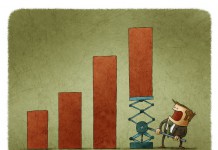 Overtrading is the unreasonable trading activity. Traders investing on markets which are open around the clock may be greedy. And a feeling that greater activity in the market will give bigger and faster profits.
Overtrading is the unreasonable trading activity. Traders investing on markets which are open around the clock may be greedy. And a feeling that greater activity in the market will give bigger and faster profits.
This can occur after a series of good transactions as well as after a series of losses when the investor will have the desire to take revenge and win back. Overtrading means that even if a trader has a trading plan, he begins to bend its rules during the trading. He starts looking at all opportunities to enter into another transaction.
Therefore, for example currency pairs or stocks where normally he would have doubts and gave up the transactions seem to be worth the risk. The result is first and foremost a loss of capital and further discouragement to the market caused by the loss. The trader does not focus on the quality of the transactions but on their quantity. After a very good or very bad transactions, investor should take a break from the market to cool down emotions and not face too many losses.
The second type of overtrading is opening too large positions in relation to deposited capital. When trader opened large position the huge part of its capital is at risk. Often in a single transaction. An investor who enlarges the position thinking only of potential profits must think also about the market situation which cannot be foreseen and in which even the SL cannot protect the capital.
This type of extreme situation occurred in January 2015 on Swiss franc (USDCHF moved from 1.0210 to 0.8860 within 30 minutes). Such dynamic movements – although a little less spectacular – take place on markets much more often. USDCHF H4 chart:
How to avoid overtrading:
- Do not risk more than 2% – 3% of capital in a single transaction
- Limit the number of transactions up to several per day
- After a big profit or loss (or after a series of losses or winnings) take a few days break






![How to install MetaTrader 4 / 5 on MacOS Catalina? Simple way. [VIDEO]](https://comparic.com/wp-content/uploads/2020/07/mt4-os-218x150.jpg)











